Photo credit: freestocks/Unsplash
“[The student] had tears streaming down his face. He said he was scared. He had just started to make friends and feared they would all be gone when he came back to school.”
—Shellie Bittner, Irvine Teachers Association
Students and educators have been traumatized by the impact of COVID-19. Almost all schools in the state have closed, many so abruptly that educators were unable to say goodbye to their students and colleagues. Shelter-at-home mandates have meant new and disorienting routines. Teaching and learning remotely is also new for many and can be challenging. And worry for friends and family, along with uncertainty about the future — if life will return to normal and when — is causing enormous stress.
As always, educators have stepped up, brushing aside their own concerns to put on brave faces for students and to continue their mission to provide them the best education and the safest environment possible. Below are snapshots of a few of these educators and how they are dealing with their students’ trauma while embracing a different way of teaching. (For more, and to tell your own story, join CTA’s Facebook group Teaching, Learning and Life During COVID-19.)
Meals and Chromebooks
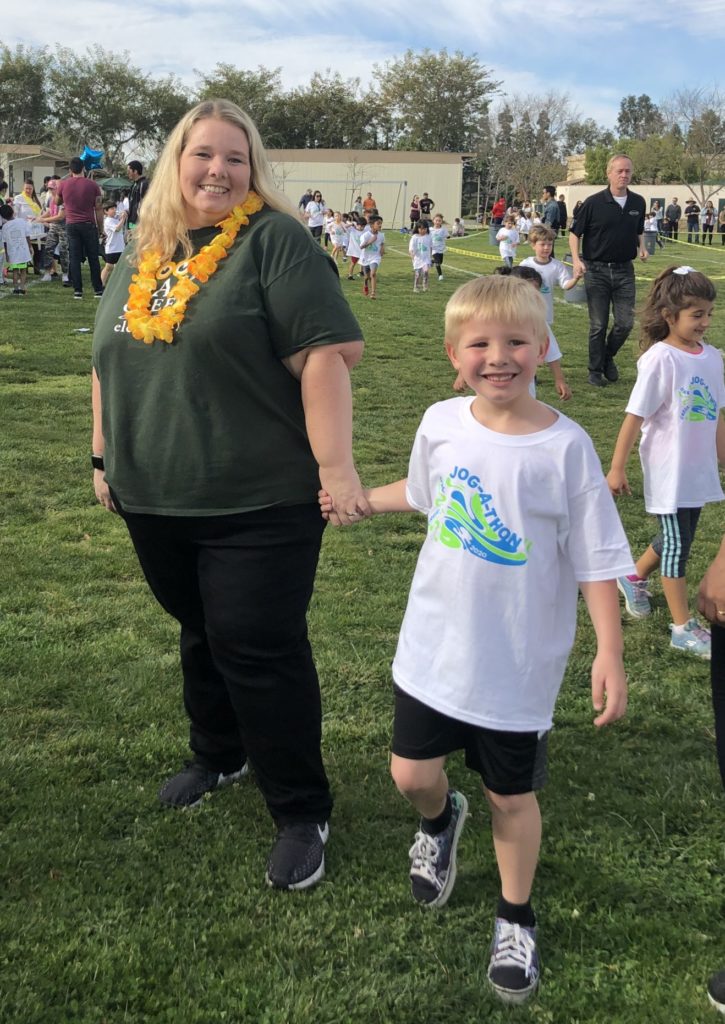
After administrators sent staff an email that school was closing due to the COVID-19 pandemic, Shellie Bittner and her team of teachers and instructional assistants worked frantically, gathering textbooks and resource materials for students to take home. In the midst of the frenzy, she saw a student crying.
“He had tears streaming down his face,” recalls the education specialist at Greentree Elementary School, who works with students with mild to moderate disabilities. “He said he was scared. He had just started to make friends and feared they would all be gone when he came back to school.”
Bittner, a member of Irvine Teachers Association, explained that he and his friends would be safer at home and reassured him that things would turn out OK. She went outside to supervise students leaving the campus and saw other students crying.
“I made promises to these students that I’m not sure I can keep,” says Bittner, “but I didn’t know what else to do. I broke all the rules and hugged my students. At my school we were trying very hard to be calm, supportive, reassuring, and display positivity.”
Bittner has a 6-year-old son with autism whose school was closed. He is having problems adjusting to a new routine. She is doing her best to help him stay on track. Meanwhile, she is trying to figure out how to stay connected remotely with her own students and create lessons for them, as required by her district. She and her colleagues are working into the wee hours to manage it all, and her union is negotiating how teachers can fulfill their contractual obligations from home.
“I’m doing my best to figure everything out. My district is doing many things that can be celebrated, such as handing out breakfast and lunch at my Title I school, setting up a system for students to check out Chromebooks, and facilitating hotspots for connectivity if that’s an issue.”
She worries about students, especially those whose parents have not responded to emails. She is calling to make sure they are OK. Meanwhile, she transmits happy, positive messages through her school’s Instagram and Facebook pages.
Be kind to others
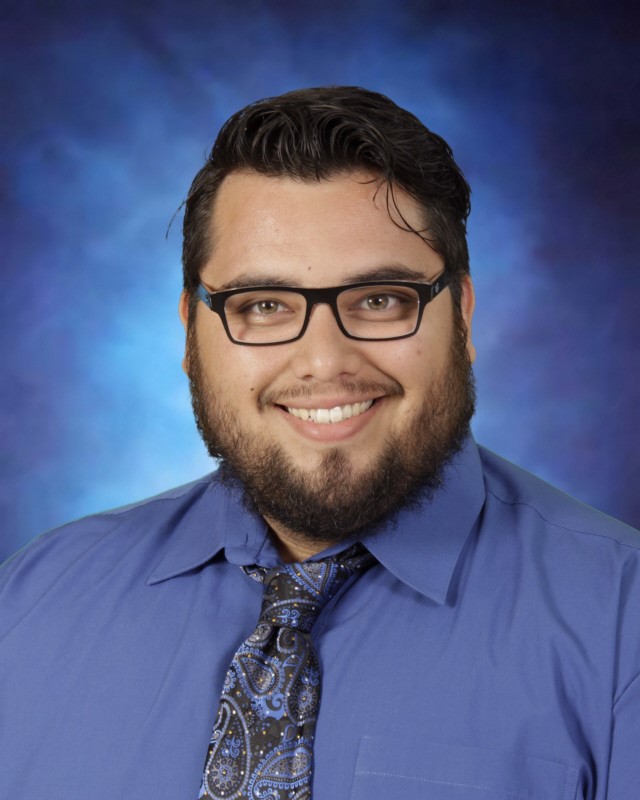
Seniors at Ánimo Watts College Preparatory Academy, a Green Dot charter school in Los Angeles, are having a difficult time, says Luis Alvarez, who teaches social studies and student leadership classes.
“Seniors are just devastated at the whole idea of not having a commencement ceremony. Many of them are unsure of what’s happening with their grades. Many of them need to bring up their grades to graduate, take AP exams, and deal with college admissions.”
Alvarez, a member of Asociación de Maestros Unidos, encourages students with online messages. “I tell them these are unprecedented times and to keep perspective and take comfort in the fact that lots of people, including their parents, experienced the Great Recession and had difficult times and survived them. I tell them their responsibility is to take care of themselves, their families, and be good stewards by being kind to others. I remind them that their parents are also stressed out.”
Alvarez’s school moved spring break up by two weeks in response to the pandemic, and he doubts that school will resume in April. Alvarez is enjoying spending more time with and homeschooling his son. He tries to avoid watching the news excessively and tries to stay positive.
“I was encouraged that Gavin Newsom says ADA funding will be honored and that we will be getting our full salary. I am really impressed at how well our district and union are working together.”
“I’m trying to keep an upbeat demeanor so they don’t see I’m scared or nervous. I’m sending hopeful messages to keep things as normal as possible, while knowing that this situation is completely abnormal.”
—Jessica Pagan, West Sacramento Teachers Association
“I cried and cried”

Mercy Viloria-Garman teaches at Bill E. Young Jr. Middle School in Calipatria, close to the Mexican border in Imperial County. Her husband is in the Navy, and after her school closed in response to the pandemic, she joined him in Norfolk, Virginia.
Viloria-Garman, president of the Calipatria Unified Teachers Association, knew her school would be closing, but was not allowed to tell students and parents for most of the day.
“I’m printing packets for them and students are asking me questions and their parents are texting me and messaging me on Facebook and I couldn’t say anything,” she says. Fifteen minutes before dismissal, she was given the green light to announce that school was closing for a few weeks.
“When the governor said this might go on until fall, I cried and cried.”
She worries about her students. Most are low-income English learners; many have difficult living situations, with school being their “safe place.”
For now, she is communicating with parents on the Remind app, trying to set up Zoom meetings with students, and wondering how distance learning might happen, because many parents don’t have computers at home. Most have smartphones, but it’s difficult to access Google Classroom on those devices. She hopes her district will allow families to check out Chromebooks from schools, but there are not enough for every student in her district, and seniors in high school will have first priority.
As normal as possible
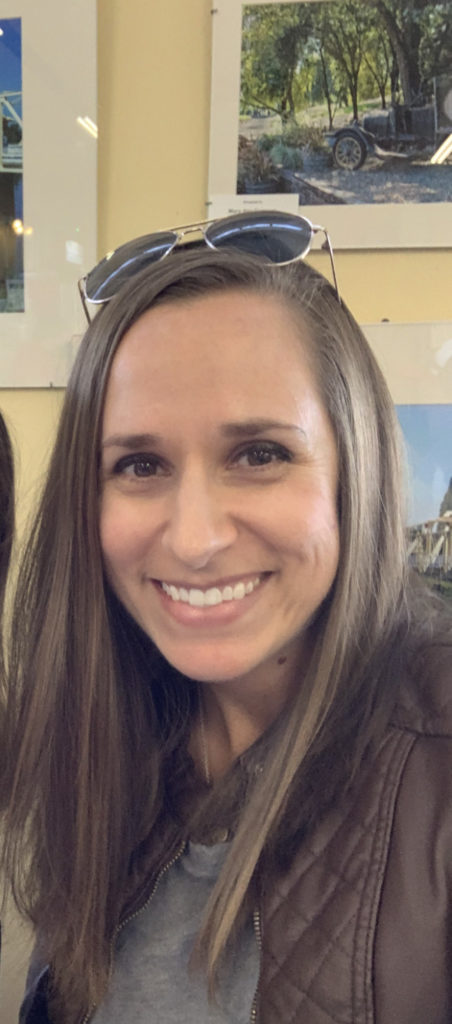
Jessica Pagan never got to say goodbye. After her students went home on a Friday night, staff received an email that nobody would be reporting to school on Monday.
“It was very abrupt, and it’s very hard to know there are no timelines as to when we’ll be back in the classroom or whether I will be able to finish out the school year with my students.”
She sends her first graders at Bridgeway Island Elementary School daily recordings of herself reading stories to them on ClassTag, an app that can reach parents on any device.
“I’m trying to keep an upbeat demeanor so they don’t see I’m scared or nervous,” says Pagan, a member of West Sacramento Teachers Association. “I am giving them reminders to read daily, help around the house, and go outside and play on sunny days. I’m sending hopeful messages to keep things as normal as possible, while knowing that this situation is completely abnormal.”
When she heard the governor say school would likely not resume until fall, it felt like a “punch to the gut.” She lives alone and is managing her stress and isolation by walking, cooking and talking with friends. She is on her union’s executive board and working with her district on how students can be given Chromebooks and internet access for the distance learning that will be taking place.
ESP on the front lines

Certificated staff at Lugonia Elementary School in Redlands were on spring break when they learned school may not reopen for a long time — possibly until fall. Richard Stead, the lead custodian, was also on break, but he and his cleaning crew were asked to return and disinfect the entire campus.
“We are definitely on the front line in the fight against the coronavirus,” says Stead, a member of the Redlands Education Support Professionals Association. “Custodians are very important to the functioning and safety of our schools.”
Wearing masks, knee-high rubber boots and gloves, Stead and his crew carried Hudson sprayers filled with Pioneer Super 60 disinfectant and got busy.
“We were asked to walk into every room and spray down every desk, chair, sink, door frame, door handle, drinking fountain, handrail in hallways, and every common area where people congregate. We sanitized all of the restrooms and even the gates and exterior gates and locks that people had touched.”
Now the district can serve meals to students who rely on the school’s free breakfast and lunch program to meet their nutritional needs. Cafeteria workers prepare meals that can be dispensed through car windows or walk-up. And when food is being prepared, there’s usually a mess, so custodians will provide cleanup as needed.
Stead is coping well. He says CTA’s Facebook page about the coronavirus is helping.
“What CTA is doing to keep constant communication with members through these difficult times with social media is awesome. It’s so much easier to get through this when you feel connectivity and community rather than isolation.”
“We’re resilient. We’re passionate. We’re dedicated. We will be here for our students.”
—Minc Robinson Brooker, Monterey Bay Teachers Association
Overrun with emotions
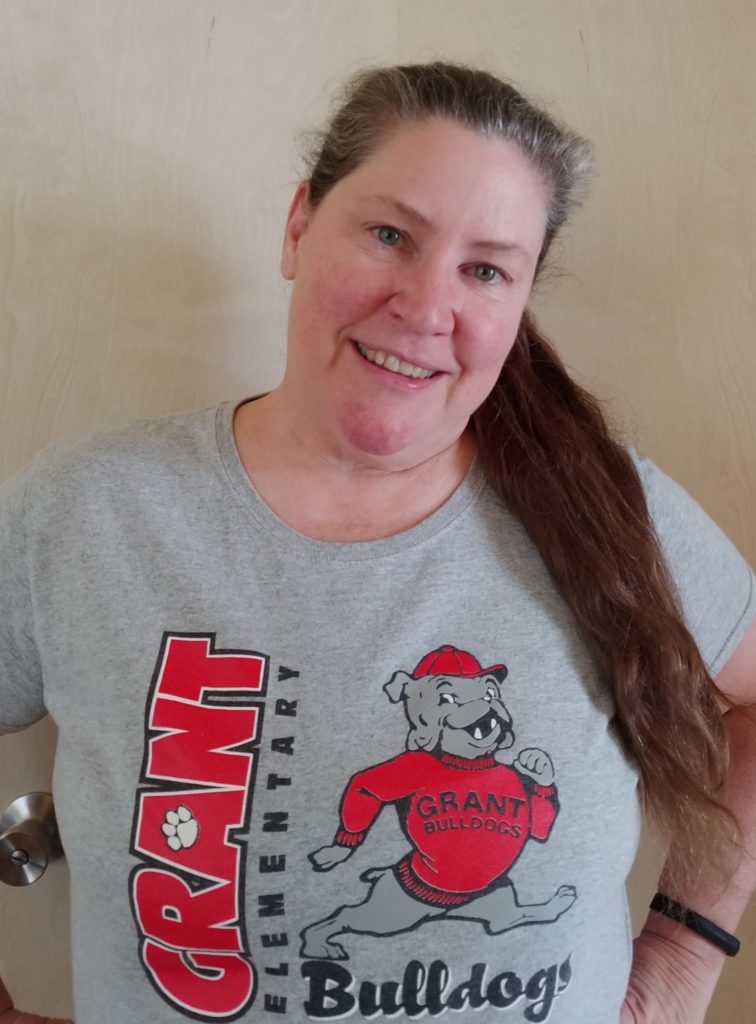
Tanya Hunt, a teacher at Grant Elementary School in Eureka, is “heartbroken” to think this could be the end of face-to-face learning for the school year. She found out on a Sunday that schools were closing in Humboldt County. She went into her empty classroom the next day to retrieve belongings, and became “overrun” with emotions as she stared at empty desks, thinking of the class projects and a field trip to the symphony she had planned. She put together homework packets quickly and waved at students while parents drove by to pick them up.
Hunt lives with her sister and co-parents three nieces. When her sister goes to work in an office that tests for COVID-19, she is in charge of the girls at home. She makes sure they do exercise and schoolwork. Recently they made homemade ice cream and considered that a culinary class.
Now she is connecting with her students via ClassDojo and Google Classroom. Students send messages that they miss her. She sends math assignments online, but students are not being mandated to do them, and she is not mandated to grade them. But that could change, of course, says the Eureka Teachers Association member.
Checking in on new teachers
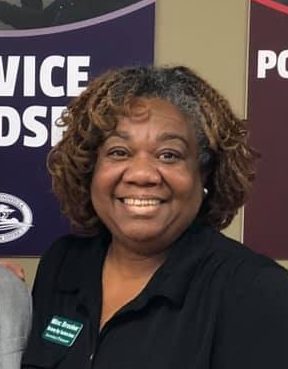
Minc Robinson Brooker, an education specialist who teaches social studies to students with mild to moderate disabilities at Seaside High School on the Monterey Peninsula, texts and emails students and parents. She communicates with students on Google Hangout to see how they are coping.
Exuding reassurance comes naturally to Brooker, the secretary-treasurer of the Monterey Bay Teachers Association (MBTA). In recent years, she has faced serious health problems, including recovering from a stroke, and can’t afford to get stressed out by things beyond her control. She is encouraging others to do the same.
“I have had a couple of seniors who are very, very concerned and have reached out to me. They said they just wanted to cry. I let them know how much I care about them, that I am here for them, and that we’ll get through this together. One student asked if I would still be willing to teach and instruct him, and I said yes. Then he felt less stressed and anxious.”
Brooker, along with her union colleagues, is also checking in with teachers, especially new teachers. “Some may be a bit more overwhelmed with this. It’s already been a challenging year for many, so I am connecting with them to let them know I’m here for them and the union is here for them.”
MBTA is keeping members up to date through emails and Facebook posts regarding negotiations about working from home and what distance learning may look like.
“Our union is working on an MOU [memorandum of understanding] in tandem with the school district and California School Employees Association to make sure the needs of our students will be met — by ensuring teachers are sufficiently supported and prepared to help meet their needs. It’s a work in progress.”
Teachers are up to the challenge of helping their students under adverse conditions — even during a pandemic when Californians are mandated to “shelter in place” and stay home, says Brooker.
“We’re resilient. We’re passionate. We’re dedicated. We will be here for our students.”
This story is part of our series on Teaching Through Trauma. See more stories and resources at the links below.
Stories
- Teaching Students with Trauma: Practices that work
- A Culture of Compassion: What trauma-sensitive schools look like
- Phoenix Rising: Healing after natural disasters
- Returning to Children’s Community Charter School in Paradise
- Educator Self-Care: Time to focus on you, too
- No Such Thing as a Bad Kid: Youth-care expert Charles D. Appelstein
- In Their Own Words: Helping students tell what they’ve lived
Resources
- Educator Self-Care Tip Sheet
- How to Help Students After Disaster
- Restorative Practices That Can Aid in Trauma Recovery
- Trauma Toolkit for Educators
- Defining Trauma
- Symptoms of Trauma
- Guidance from UC San Francisco’s HEARTS
The Discussion 0 comments Post a Comment